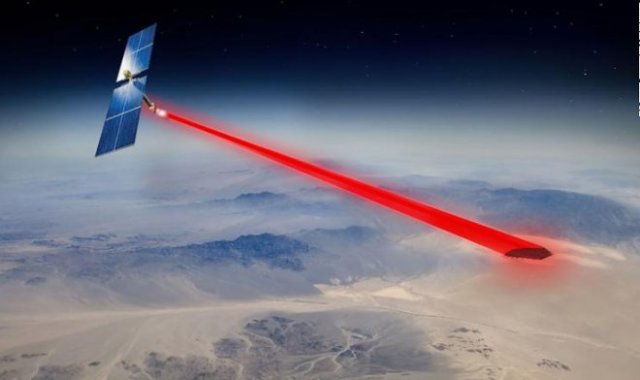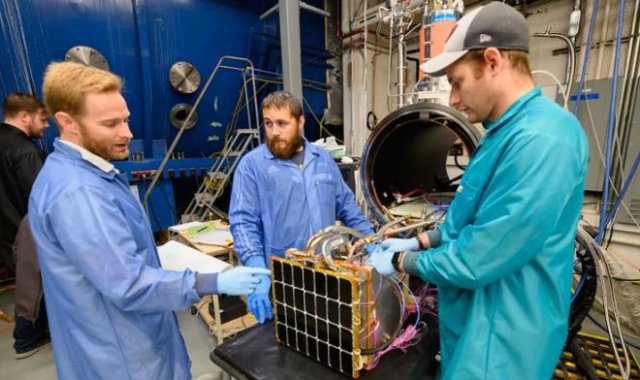
Energy satellite
US Naval Research Laboratory (US NRL) scientists led by Paul Jaffe have successfully tested a prototype solar panel that is theoretically capable of relaying "solar" electricity from space to anywhere on Earth.
The panel-a photoelectric module (PRAM) the size of a pizza box-was launched into space by a top-secret military space drone , the X-37B . Due to the absence of the Earth's atmosphere, blocking sunlight, the panel in space conditions can "absorb" more energy than on Earth. So far, we are talking about only 10 watts, which is quite enough for the tablet to work.

Energy satellite
However, the most difficult thing – the transfer of energy to the Earth-is still to come. Such technologies are still in their infancy, but they are the future. The energy delivered from space would be irreplaceable in areas affected by, for example, large-scale natural disasters. An article published in the IEEE Journal of Microwaves reports on the success of a group of Paul Jaffe and his colleagues who found that the transmission of high-power microwave and millimeter wave radiation is in principle possible. However, in order for such a project to be cost-effective, panels like PRAM must be combined into giant arrays with an area of tens of square kilometers.
